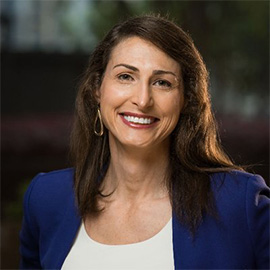The quality of life for workers in Austin has diminished as our city becomes less and less affordable. Workers are forced to move to less expensive housing that is farther from their place of work, putting a large financial strain on their families as purchasing a car is often the only viable option. Major employment centers (UT, the Capitol, downtown) are more accessible to those who live in central Austin, but working families have been pushed out of these neighborhoods due to rising costs of living. Providing more, faster ways to bring workers to their jobs will improve their quality of life.
Equitable transportation choices are a right of the working class that is being lost to the growing cost of living Austin, and we must create a more connected community by building more transportation routes to and through more neighborhoods. In order to solve this, and to realize a more sustainable Austin, we must create more affordable and market rate housing in walking distance to transit corridors. As we look at our key Project Connect transportation corridors and Capital Metro Remap high frequency corridors, our land development code should allow for a stair-step transition of “missing middle” housing—parallel to these corridors. In the long-term, we also have a real opportunity with the reboot of Project Connect to finally design and build real high capacity transit. But we need someone with the both the technical skillset and political will to guide that process to fruition; we need someone with a long term vision that necessarily includes going big on public transportation.
I also see childcare fitting into my broader plans to improve mobility within the city; ensuring childcare options are available at or adjacent to major employment centers or within neighborhoods will keep family commutes simpler, by reducing additional trips. One the most significant reasons people give for NOT choosing a transit option is the need to make that additional stop for childcare, so we can solve two major issues facing Austin’s families by thinking about these solutions intersectionally.

